Japanese Culture and Cherry Blossoms

Before introducing the anniversary itself, let's first confirm the connection between Japan and cherry blossoms from three points: "Cherry blossoms as plants", "Cherry blossoms as culture", and "Cherry blossoms that blend into everyday life".
Cherry Blossoms as Plants
According to the public relations magazine of the Ministry of Agriculture, Forestry and Fisheries, it is not that there is just one kind of plant called cherry blossoms, but it is said that there are 10 kinds of cherry blossoms in Japan, including wild species.
Specific Species Names
Yamazakura (ヤマザクラ)
A variety with almost pure white petals, and reddish-brown young leaves growing at the same time as flowering
Edohigan (エドヒガン)
Since the leaves are not yet grown at the time of flowering, the color of the white to light pink petals stands out very well
Oshima Sakura (オオシマザクラ)
A wild species that was distributed on Oshima in the Izu Islands, the petals are almost pure white without any redness, and green young leaves grow at the same time as flowering
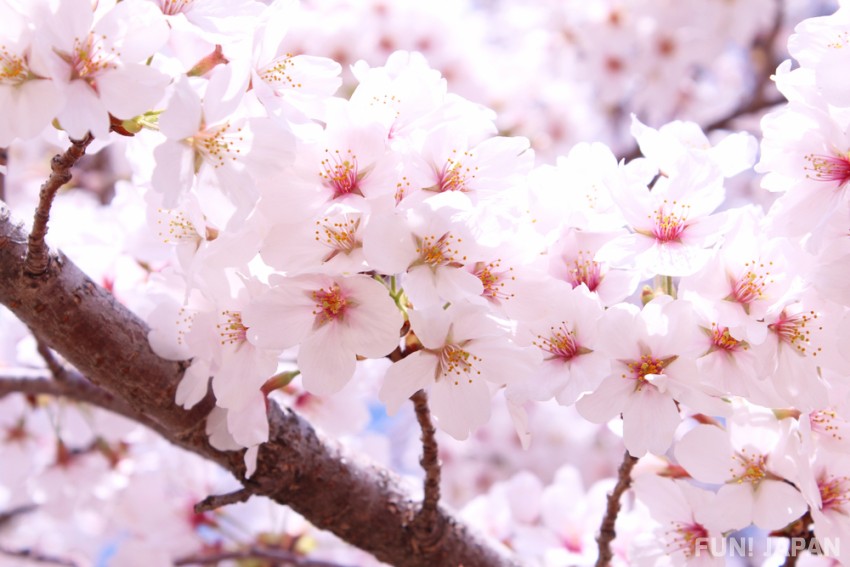
Of course, the types of cherry blossoms that can be seen in Japan are not limited to this. There are also cherry blossoms that are cultivated varieties, that is, created by human hands. For example, when asked "What is a cherry blossom?" in Japan today, many people should mention the name of this variety, "Somei Yoshino," which is not an exaggeration to say is a synonym for cherry blossoms. It belongs to this category.
In fact, "Somei Yoshino" is a cultivated variety that is a hybrid of "Edohigan" and "Ooshimazakura". It is said to have spread from Somei Village in the suburbs of Edo (now Komagome, Toshima Ward, Tokyo), and because it was continuously created by "grafting" where trees are connected, surprisingly, all Somei Yoshino across the country are considered to be clones from the same original tree.
Cherry Blossoms as a Culture
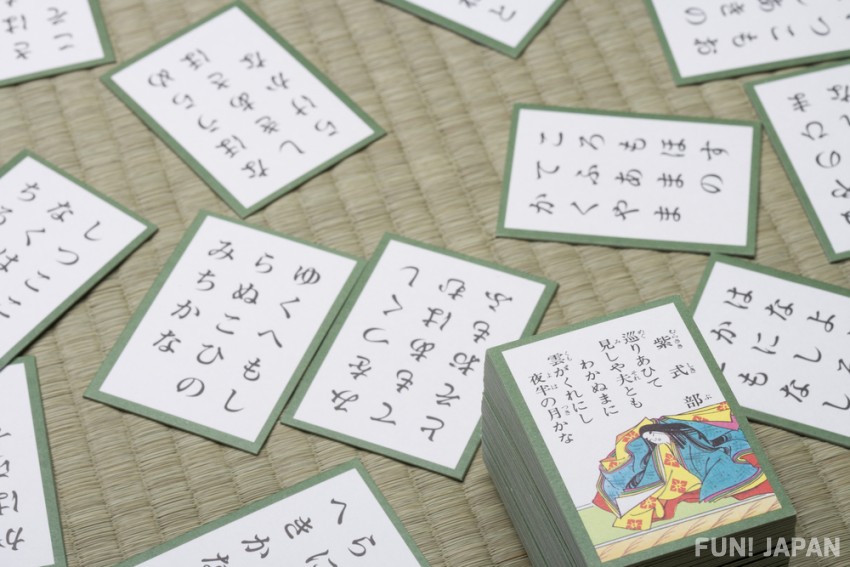
Cherry Blossoms Appearing in the Hundred Poems
Cherry blossoms have come to overflow as a cultural symbol. For example, in the "Hyakunin Isshu" (百人一首 - the Hundred Poems), which is still loved today as Japan's "competitive karuta", there is a poem that says, "Inishie no Nara no Miyako no Yaezakura Kyou Kokonoe ni Nioi nuru kana" (いにしへの 奈良の都の 八重桜 けふ九重に 匂ひぬるかな). This poem sings about the double cherry blossoms blooming in the old and new capitals of Nara and Kyoto. In the "Hyakunin Isshu", cherry blossoms have been chosen as the theme in several other poems and have been sung down to this day.
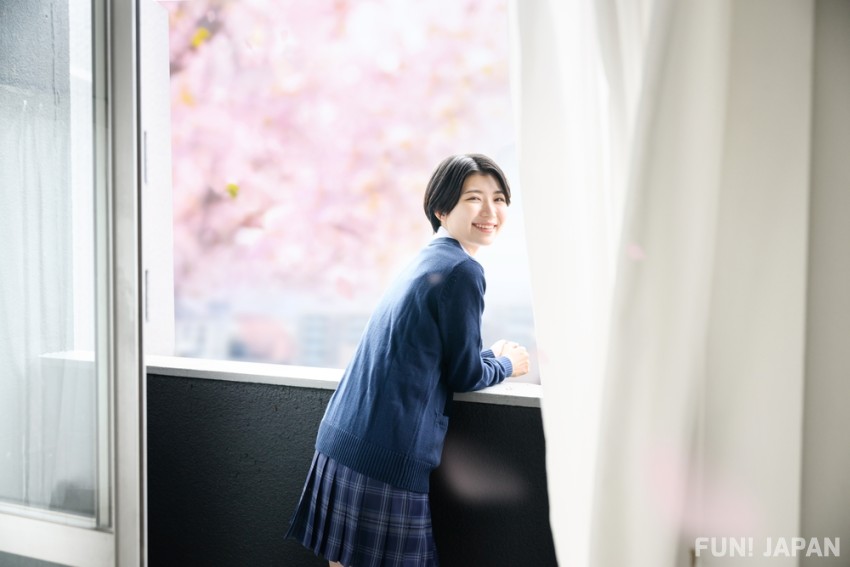
Japanese Songs with a Cherry Blossom Theme
In the modern sense of "being passed down in song," cherry blossoms have been featured in many songs, known as J-POP's "Sakura Songs", which are released almost every year as the spring season approaches.
Some famous songs from the 2000s include Masaharu Fukuyama's "Sakurazaka," Naotaro Moriyama's "Sakura (Solo)," and Ikimono Gakari's "SAKURA." Some people might also mention the Vocaloid song "Senbonzakura" as a prime example.
The season when cherry blossoms bloom coincides with many school graduations, entrance ceremonies, and company induction ceremonies in many regions. Therefore, many "Sakura Songs" are about meetings and partings, and there are increasing numbers of songs that depict the fleeting fate of cherry blossom petals, which eventually fall after reaching full bloom.
Cherry Blossoms Depicted on Money and Stamps
Also, cherry blossoms are depicted on things that everyone should see at least once in their daily life in Japan. For example, open your wallet and look for a 100 yen coin. In fact, the flower depicted on the side opposite to the one that says "100" on the 100 yen coin circulating in Japan is none other than a cherry blossom.
The flower depicted on the 63 yen regular stamp (a stamp with the postage to send a postcard), which is sold at post offices and the like, is also a cherry blossom (Somei Yoshino).
The Background of the Establishment of "Sakura Day"
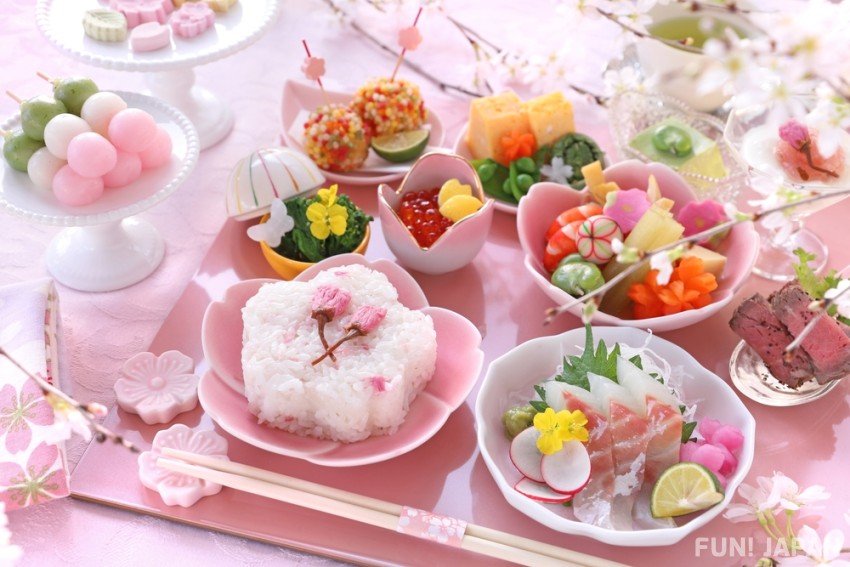
In Japan, the cherry blossom, which is inseparable from Japanese culture, has been designated as a commemorative day on March 27th, known as "Sakura Day". This commemorative day was established in 1992 by the Japan Cherry Blossom Association, a public interest incorporated foundation. The purpose of the designation is to "increase interest in cherry blossoms, which are representative flowers of Japan, and to create a rich land of flowers and greenery". However, the reason for designating March 27th as "Sakura Day" is derived from the goroawase (menmonic sounds) of "3×9 (Saku) = 27" and the period of "Sakura Hajimete Hiraku" in the 72 seasons, a method of expressing seasons invented in China.
Here, let's explain a little about "goroawase" and "72 seasons". A "goroawase" is a way to enjoy the combination of words and numbers by assigning readings to numbers from 1 to 9, or 10, 100, etc., in the Japanese syllabary (or multiple sounds). In Japan, it is often used to remember PIN numbers or the years when historical events occurred. In this case, 3 is assigned the sounds "sa" or "san", and 9 is assigned the sounds "kyu" or "ku", so the combination of 3 and 9 can be read as "sa" and "ku", or "saku" (咲く - 'bloom').
On the other hand, the concept of "72 seasons" is not often encountered in everyday life in Japan, and is a concept with which many are not familiar. This refers to the (total of 24) "Twenty-four Solar Terms" that indicate the changes in the seasons every half month, further divided into approximately every five days, informing us of the changes in weather and flora and fauna. Incidentally, "Risshun" (立春 - start of spring) related to Setsubun, and "Vernal Equinox" (春分 / Shunbun) and "Summer Solstice" (夏至 / Geshi) related to the length of daylight hours, are included in these Twenty-four Solar Terms.
Information on "Sakura Day" Related Events
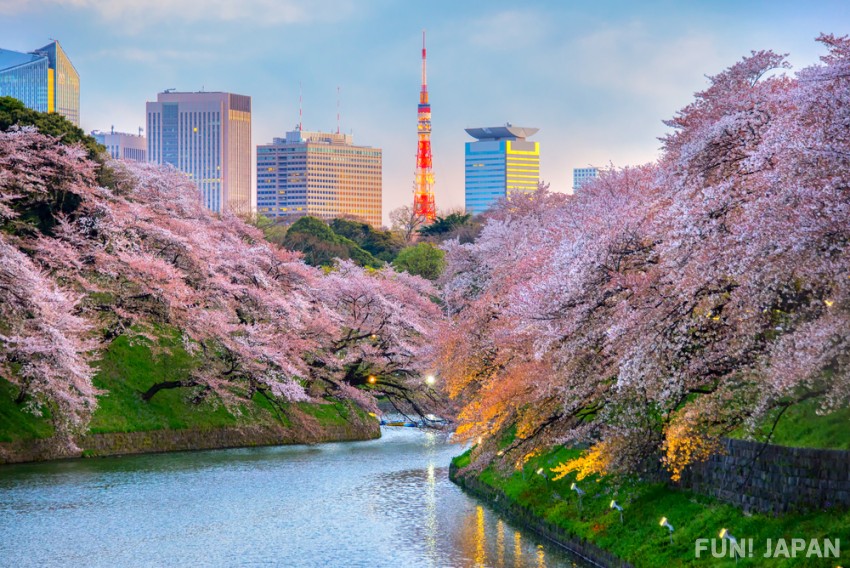
As of 2024, we could not confirm any events being held in honor of "Sakura Day" on March 27. However, as the term "Sakura Hajimari" suggests, this is the time when cherry blossoms are in full bloom nationwide, and "Sakura Festivals" welcoming cherry blossom viewers are held at "famous cherry blossom spots" all over the country.
For example, in Tokyo, the "Chiyoda Sakura Festival" is held as an event sponsored by Chiyoda Ward and the General Incorporated Association Chiyoda Ward Tourism Association. During the festival, annual events such as the LED light-up of "Chidorigafuchi Greenway" and the special night-time operation of "Ward-run Chidorigafuchi Boat Place" are held.
Also, in Yoshinoyama, Nara Prefecture, which is famous as a cherry blossom spot with about 30,000 cherry trees planted, the "Cherry Blossom Festival & Cherry Blossom Light-up" is held annually throughout Yoshinoyama from late March to late April.
Bonus: When do cherry trees bloom? How to know the blooming period
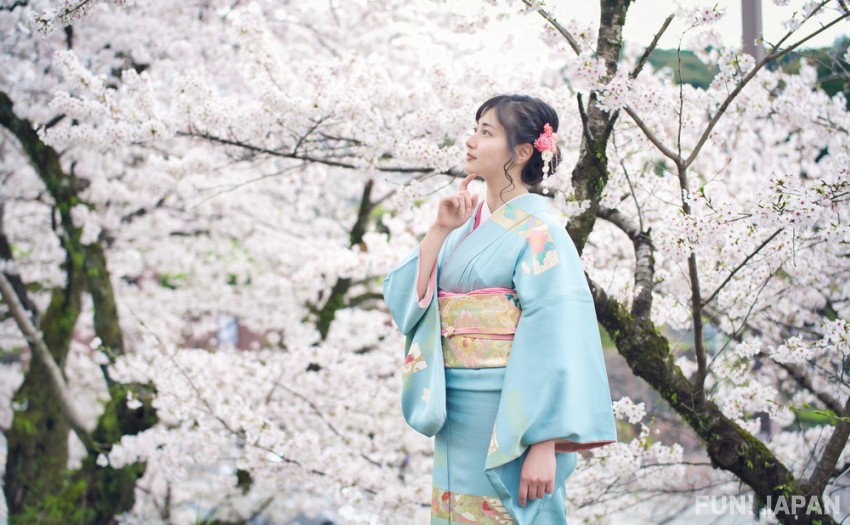
Cherry blossoms are planted all over the Japanese archipelago, but due to climate differences, the blooming period varies in each region. Various weather forecast sites available on the web compile forecasts and actual information about the blooming period of cherry blossoms in each area. The state of blooming is often expressed as a percentage of the number of blooming flowers, such as "○ percent bloom". Not only that, even after the cherry tree has passed its full bloom period and the petals have fallen, you can enjoy the fresh green "leaf cherry" that has sprouted on the cherry tree. Please use this as a reference to fully enjoy the cherry blossoms in spring.
Bonus: "Sakura Mochi" is a staple of spring Japanese sweets
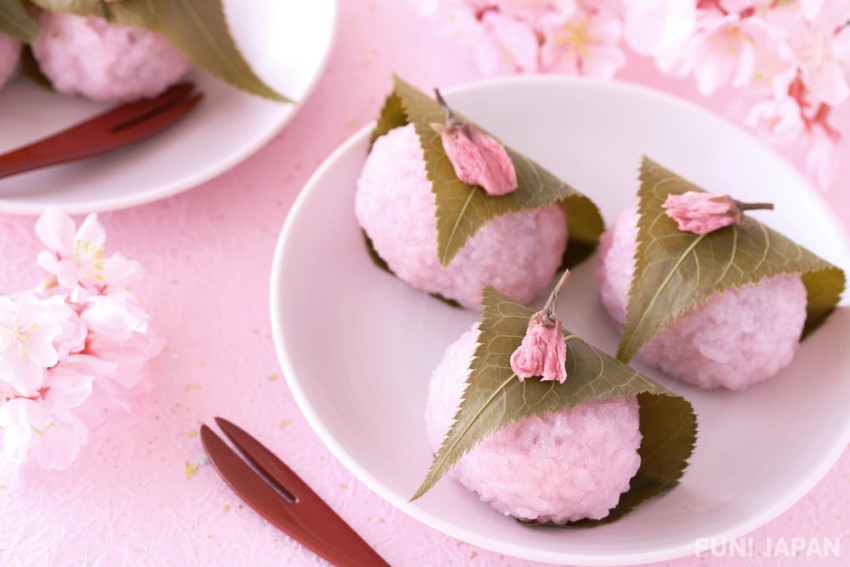
Also, if you visit Japan in spring and unfortunately miss the cherry blossom season, we highly recommend you to try "Sakura Mochi" at a Japanese confectionery shop or the Japanese confectionery section of a supermarket. Although the shape varies between the Kansai and Kanto cultural regions, it is a Japanese sweet that wraps bean paste in a cherry blossom-colored dough and wraps it in a cherry leaf. For those who prefer "dumplings over flowers" (花より団子 / hana yori dango - a famous Japanese proverb meaning 'preferring something real rather than simply visually pleasing'), it might be an effective way to taste the season of cherry blossoms from inside your stomach.
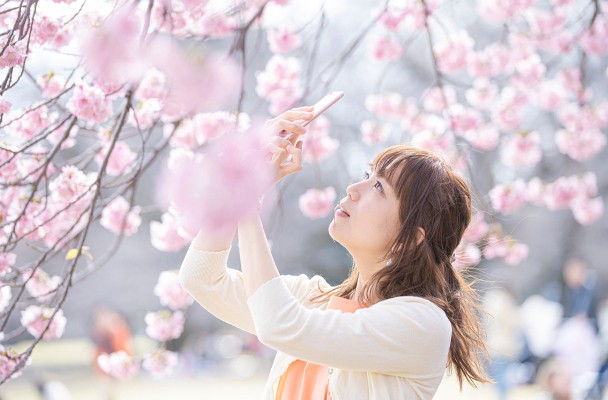


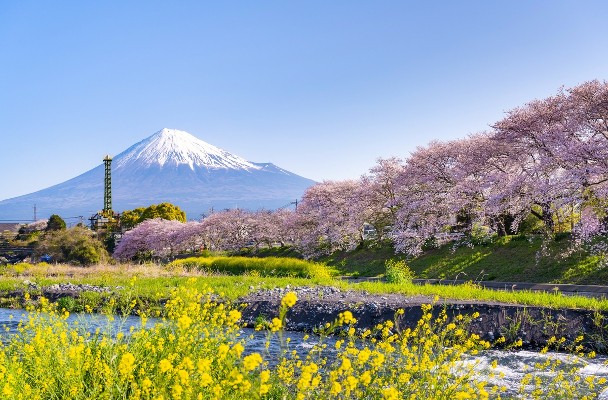
Comments